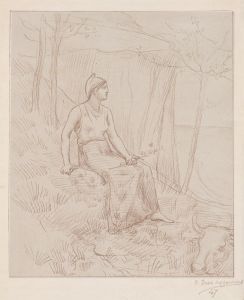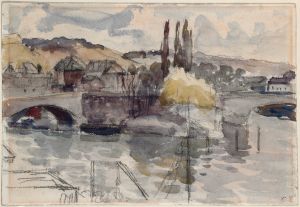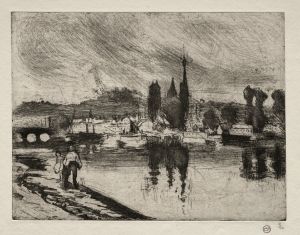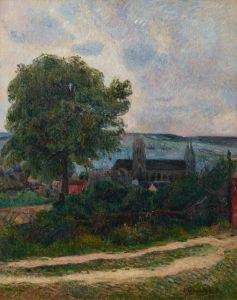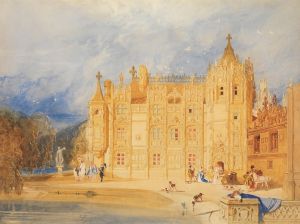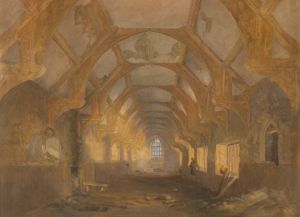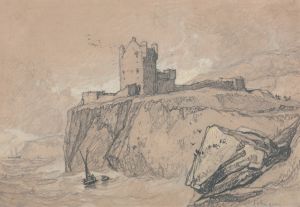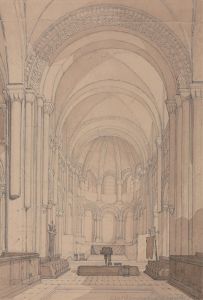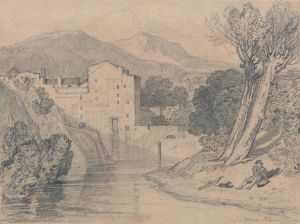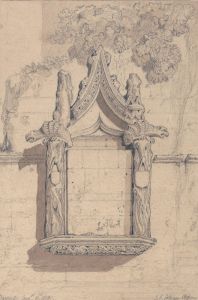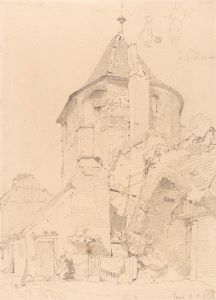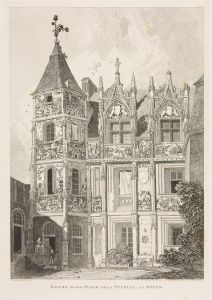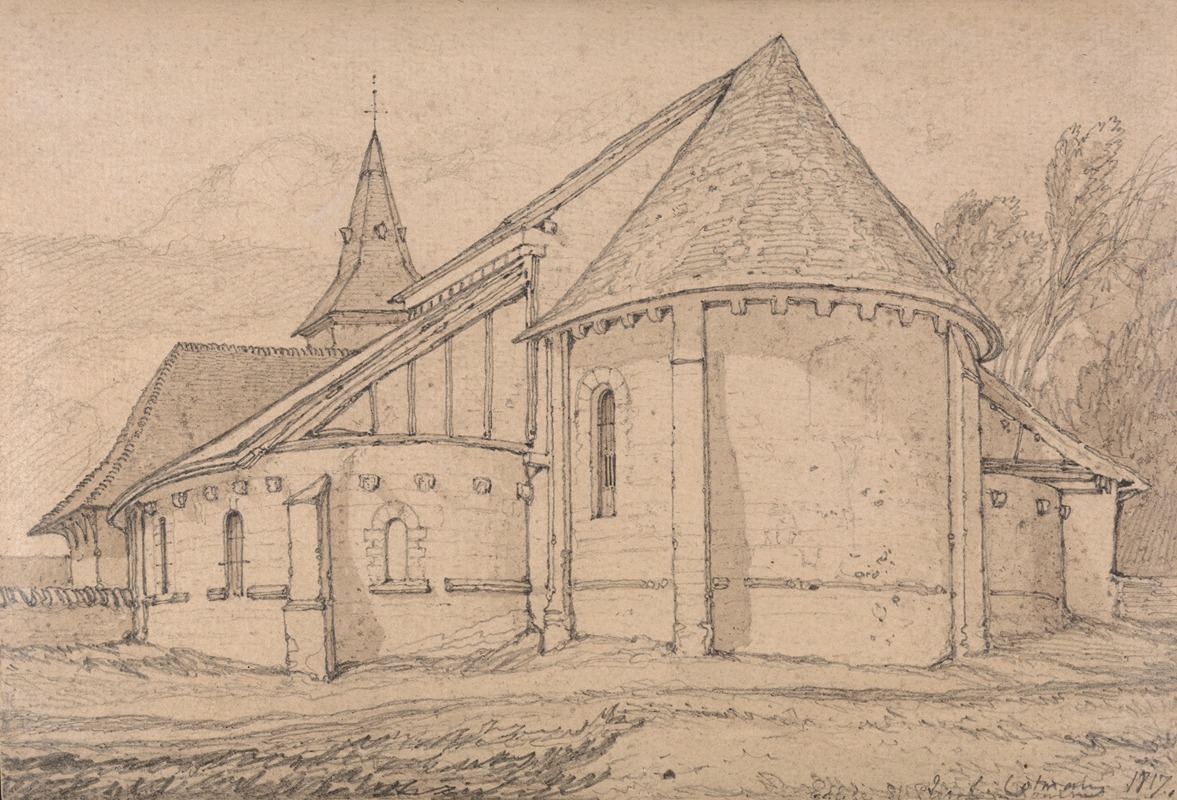
East End of the Abbey Church of St. Paul at Rouen, Normandy
A hand-painted replica of John Sell Cotman’s masterpiece East End of the Abbey Church of St. Paul at Rouen, Normandy, meticulously crafted by professional artists to capture the true essence of the original. Each piece is created with museum-quality canvas and rare mineral pigments, carefully painted by experienced artists with delicate brushstrokes and rich, layered colors to perfectly recreate the texture of the original artwork. Unlike machine-printed reproductions, this hand-painted version brings the painting to life, infused with the artist’s emotions and skill in every stroke. Whether for personal collection or home decoration, it instantly elevates the artistic atmosphere of any space.
John Sell Cotman's East End of the Abbey Church of St. Paul at Rouen, Normandy is a watercolor painting created by the renowned British artist and leading figure of the Norwich School of painters. Cotman, known for his architectural studies and mastery of watercolor, produced this work during or after his travels in Normandy, France, in the early 19th century. The painting depicts the east end of the Abbey Church of St. Paul, a historic structure located in Rouen, the capital of the Normandy region.
Cotman’s interest in medieval architecture is evident in this piece, as he carefully renders the intricate details of the church’s Gothic design. The painting showcases the artist’s skill in capturing the interplay of light and shadow on the stone surfaces, emphasizing the texture and grandeur of the structure. His use of muted tones and precise lines reflects his architectural focus and his ability to convey the solemn beauty of historic buildings.
The Abbey Church of St. Paul in Rouen itself has a significant history, though much of it has been altered or lost over time. The church dates back to the medieval period and was part of a Benedictine abbey. By the time Cotman visited Rouen, the church and other historic sites in Normandy were of great interest to artists and antiquarians, particularly those from Britain, who were drawn to the region’s rich architectural heritage.
Cotman traveled to Normandy multiple times between 1817 and 1820, producing numerous sketches and studies of churches, castles, and other historic structures. These works were later developed into finished watercolors or used as the basis for his series of etchings titled Architectural Antiquities of Normandy, published in 1822. While it is unclear whether East End of the Abbey Church of St. Paul at Rouen, Normandy was intended for this publication, it reflects the same meticulous attention to architectural detail and historical interest that characterized much of Cotman’s work during this period.
The painting is an example of Cotman’s ability to blend artistic sensitivity with an almost scientific approach to documenting historical architecture. His work in Normandy contributed significantly to the appreciation of Gothic and medieval architecture in Britain and influenced subsequent generations of artists and architects.
Today, Cotman’s works, including this painting, are celebrated for their contribution to the Romantic movement and their role in preserving the visual history of European architecture. Many of his Normandy studies are housed in public collections, such as the British Museum and the Victoria and Albert Museum, though the specific location of this painting may vary depending on exhibition or ownership.





